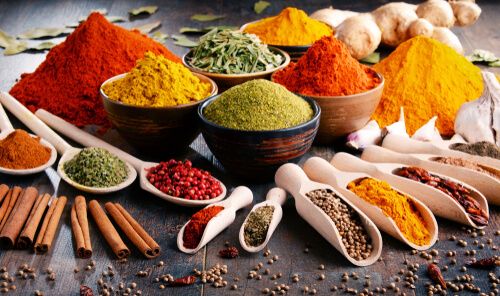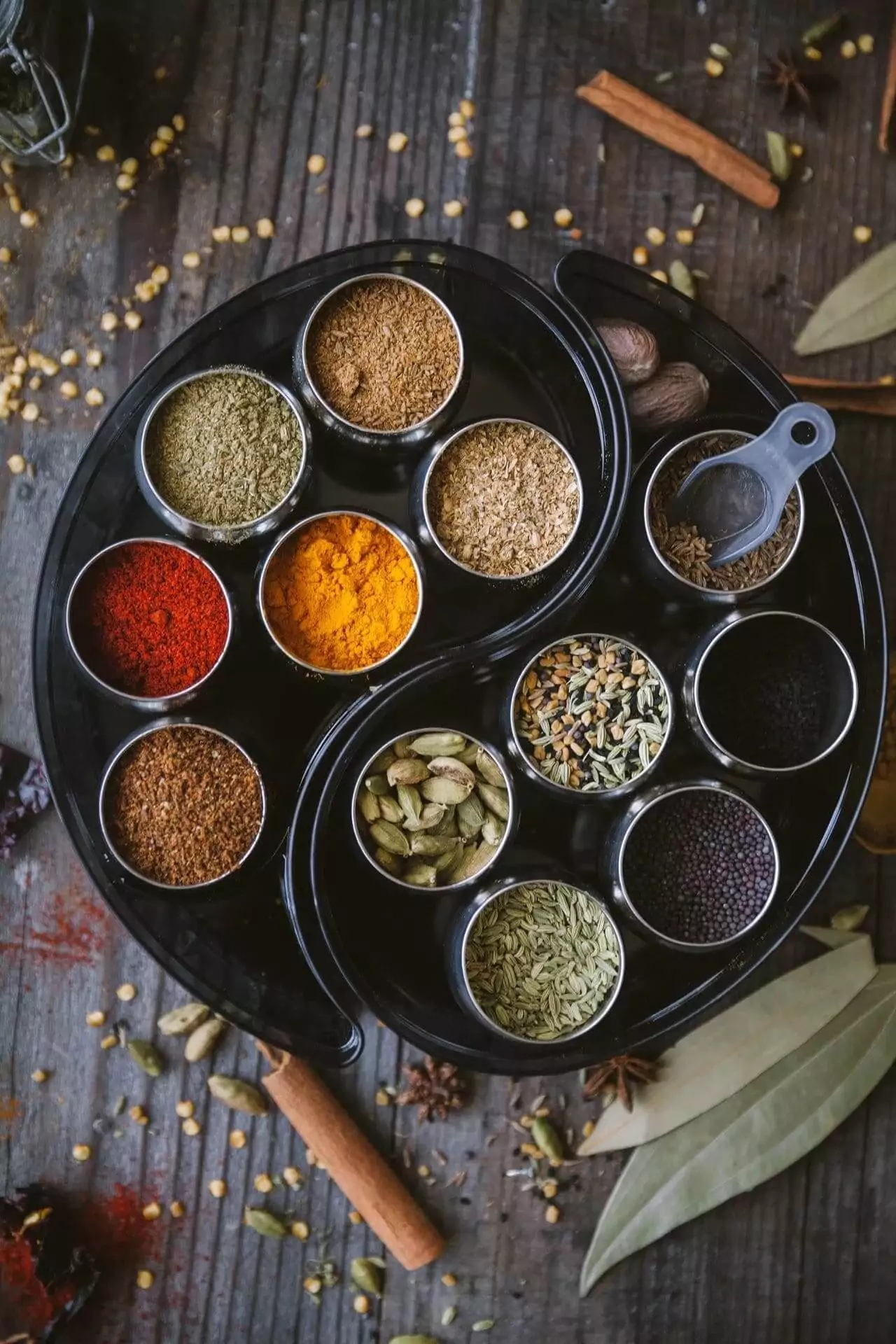Blog
Who is the biggest spice supplier in India?

India’s Spice Heritage
Spices have played a pivotal role in India’s history, culture, and economy for centuries. The country boasts a diverse range of spices, including cardamom, black pepper, cinnamon, cloves, turmeric, and more. These aromatic treasures have been used not only for culinary purposes but also for their medicinal and preservative properties.
India’s spice trade with the Middle East and Europe dates back to ancient times, with spices like black pepper and cardamom being highly sought after commodities. The famous Silk Road also played a significant role in the exchange of spices between India and other parts of the world.
The Modern Spice Industry in India
Today, India is the largest producer, consumer, and exporter of spices globally. The country’s favorable climate, varied geography, and agricultural practices make it the ideal place for spice cultivation. India’s spice production is spread across several states, with Kerala, Karnataka, Tamil Nadu, Andhra Pradesh, and Maharashtra being major spice-producing regions.
The biggest spice suppliers in India are typically a blend of government agencies and private companies. However, one entity that stands out as a prominent contributor to India’s spice industry is the Spices Board of India.
Spices Board of India
The Spices Board of India is an autonomous body under the Ministry of Commerce and Industry, Government of India. Established in 1987, it is headquartered in Kochi, Kerala. The primary role of the Spices Board is to promote the Indian spice industry by regulating and overseeing various aspects of spice production, quality control, export promotion, and research and development.
The Spices Board plays a pivotal role in ensuring that India’s spices meet international standards for quality and safety. They provide certification, conduct research, and offer training programs to spice farmers and exporters. This helps in maintaining the reputation of Indian spices in the global market.
Private Sector Players
Apart from government agencies like the Spices Board, there are numerous private sector players in India’s spice industry that contribute significantly to the country’s position as a leading spice supplier. Some of the major private companies engaged in the spice business include Everest Spices, MDH Spices, and Eastern Condiments, among others. These companies have a vast distribution network and export their products to various countries, further enhancing India’s reputation as a reliable source of quality spices.
Factors Contributing to India’s Dominance
Several factors contribute to India’s status as the biggest spice supplier:
- Diverse Climatic Conditions: India’s diverse geography allows for the cultivation of a wide variety of spices, ensuring a year-round supply.
- Traditional Farming Practices: Many Indian spice farmers still use traditional and organic farming methods, ensuring the authenticity and quality of the spices.
- Government Support: The Indian government, through agencies like the Spices Board, provides support in terms of research, certification, and export promotion.
- Export-Oriented Approach: Indian spice suppliers have adopted an export-oriented approach, making Indian spices readily available in international markets.
- Cultural Significance: Spices are deeply embedded in Indian culture and cuisine, ensuring a consistent demand for these products.
India’s long history with spices, diverse range of spice varieties, and commitment to quality have made it the biggest spice supplier in the world. The combination of government support, private sector involvement, and traditional farming practices has helped India maintain its dominance in the global spice market. As the demand for authentic and high-quality spices continues to grow worldwide, India is likely to remain at the forefront of the spice industry for years to come.
Diverse Array of Spices
India produces a staggering array of spices, each with its unique characteristics and uses. Here are some of the key spices that have helped India secure its position as the world’s top spice supplier:
- Black Pepper: Known as the “king of spices,” India is the largest producer and exporter of black pepper. It’s grown mainly in the southern states of Kerala and Karnataka.
- Cardamom: India is also the world’s largest producer and exporter of cardamom, with the state of Kerala being a significant contributor.
- Turmeric: India is the largest producer and exporter of turmeric, often referred to as the “golden spice.” It is widely used in Indian cuisine and has gained popularity for its health benefits.
- Chilli: India is a major producer of various types of chillies, including the spicy red chillies and the milder paprika. These chillies are essential ingredients in Indian cooking.
- Cumin: Cumin is a staple spice in Indian cooking and is primarily grown in Rajasthan, Gujarat, and Uttar Pradesh.
- Coriander: India produces a substantial quantity of coriander seeds and leaves, both of which are integral to Indian cuisine.
- Cloves and Cinnamon: These spices are primarily produced in Kerala and are used in both sweet and savory dishes.
Challenges and Opportunities
While India’s spice industry is thriving, it faces several challenges and opportunities:
- Quality Control: Maintaining consistent quality is essential for sustaining India’s reputation as a top spice supplier. The Spices Board of India plays a crucial role in setting and enforcing quality standards.
- Climate Change: Variability in weather patterns due to climate change can affect spice production. Farmers must adapt to these changes through sustainable practices.
- Exports and International Market Access: While India exports spices to numerous countries, there is room for expansion into new markets. Negotiating trade agreements and meeting international standards is essential.
- Technology Adoption: The adoption of modern farming techniques, such as precision agriculture and efficient irrigation, can improve yields and spice quality.
- Value Addition: There is potential for India to move beyond exporting raw spices and engage in value addition by producing spice blends, extracts, and essential oils.
- Organic Farming: The global demand for organic spices is growing. India can capitalize on this trend by promoting organic spice farming.
- Research and Development: Continued research into spice varieties, cultivation techniques, and pest management is vital to ensure a sustainable future for the spice industry.
India’s prominence as the biggest spice supplier in the world is a testament to its rich heritage and the dedication of its farmers and spice industry stakeholders. With the right strategies, including a focus on quality, sustainability, and market diversification, India’s spice industry is poised to maintain its leadership position in the global market. As consumers worldwide continue to seek authentic and high-quality spices, India’s role as a major spice supplier is secure and likely to flourish in the years to come.



